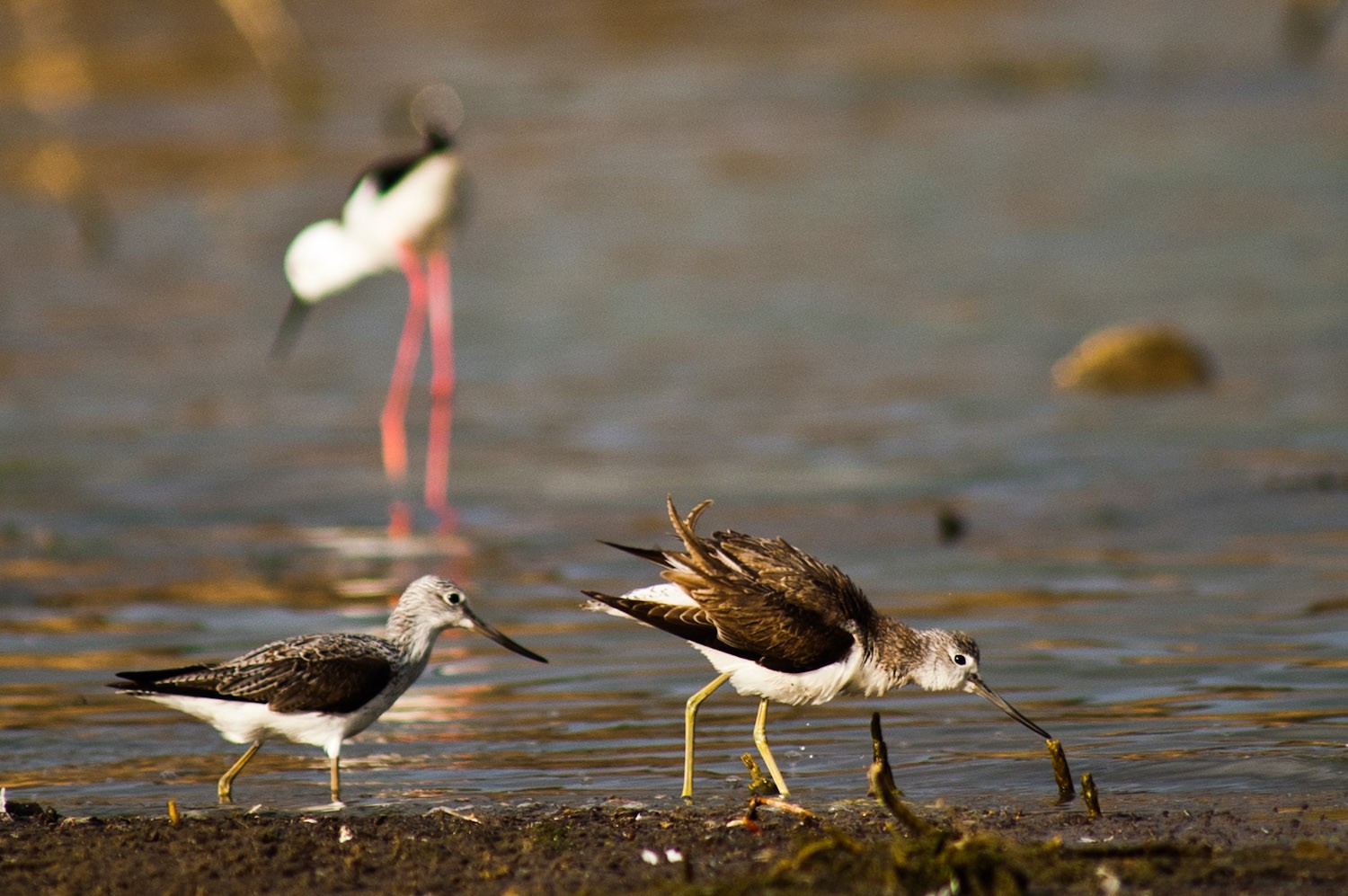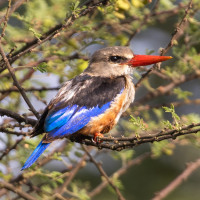Beschreibung
The Pedra Badejo lagoons are a 666-hectare wetland comprising two coastal lagoons at the estuaries of the rivers Ribeira dos Picos and Ribeira Seca, and the entire basin of the latter, including the reservoir Barragem de Poilão. The lagoons are of great ecological value for birds as they contain fresh or only slightly brackish water. The lagoons, which hold water all year, lie at the mouth of three seasonal watercourses which, when in flood during the wet season, deposit large amounts of mud and debris in the lagoons, making them attractive to water birds such as waders and herons. The site also supports a population of endangered Cape Verde Swamp Warbler and has been identified as an Important Bird Area (IBA) by BirdLife International.
Among the birds you can see here are wintering waders, the endemic Bourne's Purple Heron , the endemic Cape Verde Swamp Warbler, Spectacled Warbler, Grey-headed Kingfisher, different herons and Black-crowned Sparrow-Lark.
Details
Zugang
Park your car in the village of Achada Igreja. Click on the P in the map to get directions. The lagoons are left (north) and right (south) of it.
Terrain und Habitat
Feuchtgebiet , Strand , Landwirtschaft , Fluss , Meer , WüsteBedingungen
Flach , Sandig , Sumpfig , Rutschig , FelsigRundweg
JaIst ein Spektiv nützlich?
Möglicherweise hilfreichGute Beobachtungszeit
GanzjährigBeste Beobachtungszeit
WinterRoute
Schmaler PfadSchwierigkeitsgrad der Tour
EinfachErreichbarkeit
zu FußBeobachtungshütten oder -türme
NeinZusätzliche Informationen
A youth group runs a turtle protection project in the village.







